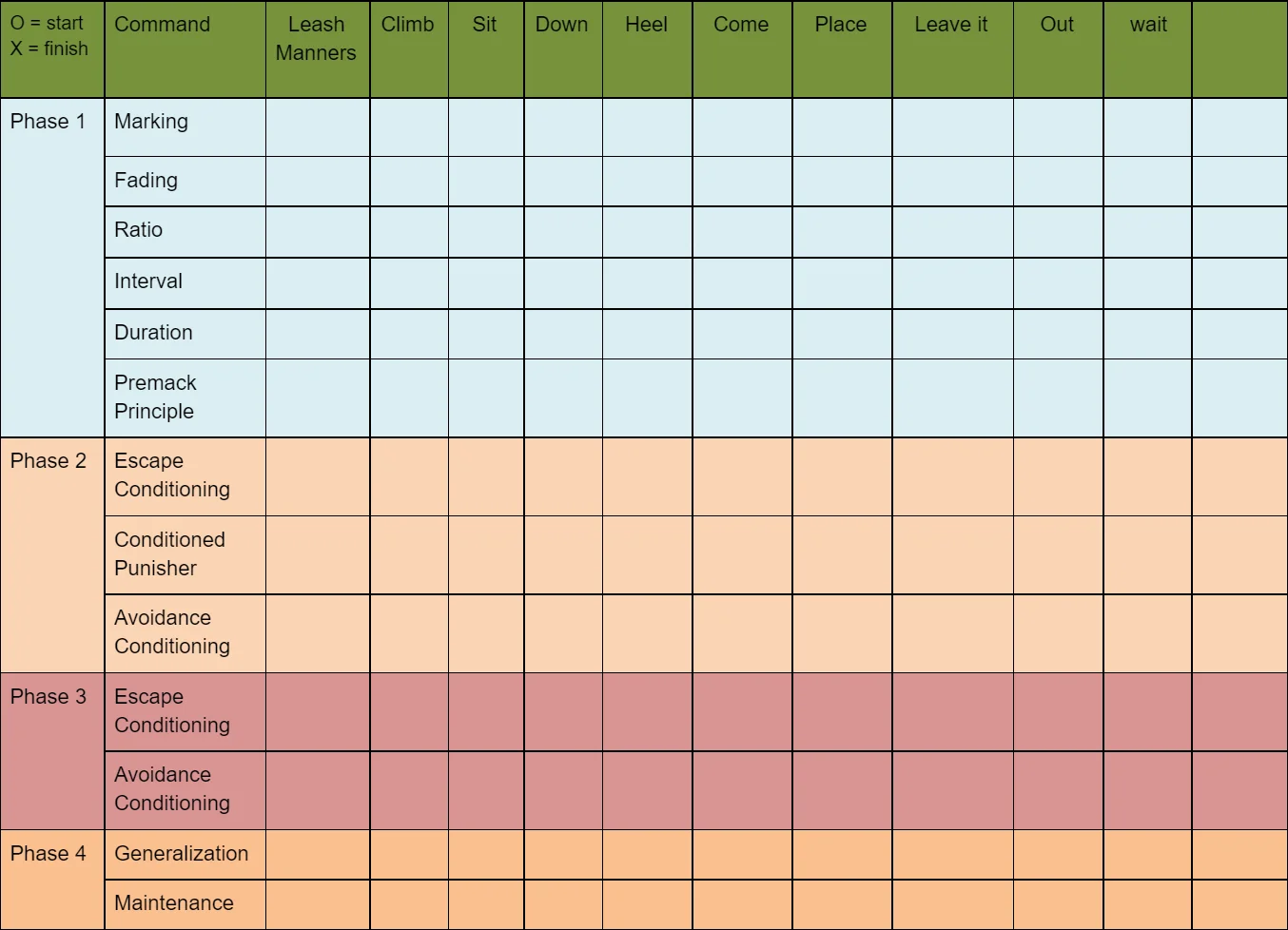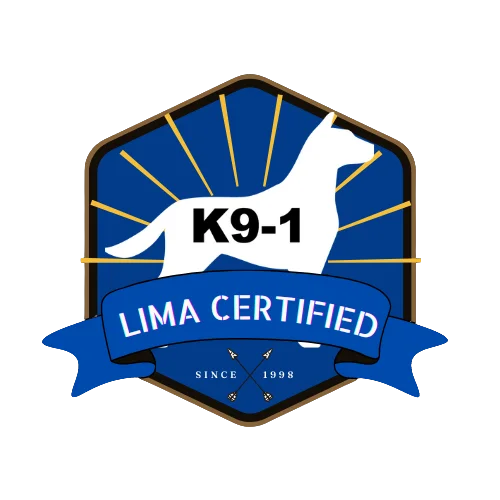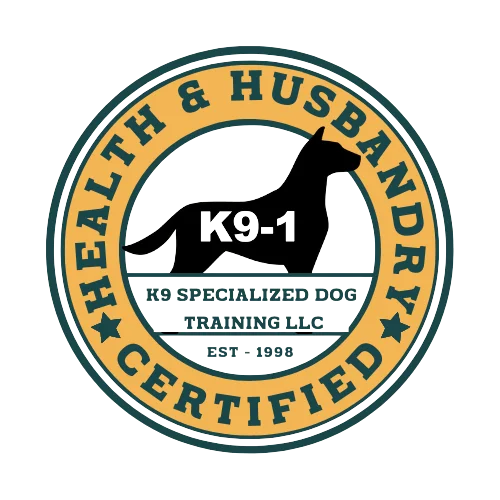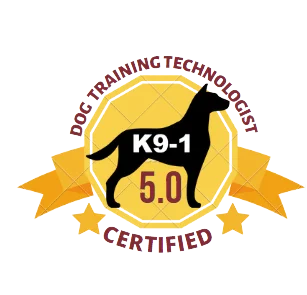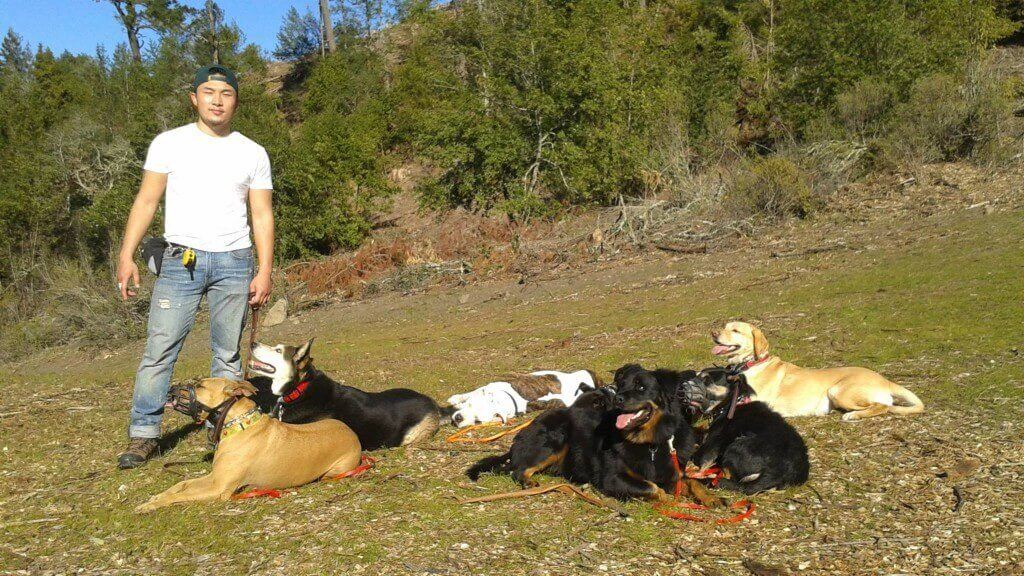We provide education and professional support for dog trainers who desire the highest standards.
Currently not taking new members. All of our educational material is available in our public knowledge base.
Meet your mentor:

Foundation Style Dog Training combines insights from welfare science, ethology, behavioral science, and innovative training mechanics to create technical, scalable, and humane behavior plans and training instructions for any dog and any purpose.
Feedback from the FSDT community is used to update and enhance our standards and coursework. These guidelines evolve through the trials and successes of many contributors. Currently, K9-1 is teaching version 5.0 of Foundation Style Dog Training.
Signatures of FSDT
- Scientific integrity
- A focus on clean and scalable dog training instruction.
- Publicly acceptable, transparent, and best practices in training mechanics
- Quality control and accountability
Inside the membership you will find:
- Instant access to coursework (hundreds of hours of instructional videos)
- A regularly updated knowledge base of scientific studies and dog training concepts.
- One-on-one communication with your training mentor, Mike D'Abruzzo
- A live classroom schedule for Q&A and new lectures
- Live video, audio, and text chat to interact with the community of like-minded trainers
- A traditional support forum (we have 16 years worth of helpful and searchable posts)
- A personal profile for your dog training projects
- A safe haven to get help with your most difficult training challenges
Mike has mentored dog trainers for over 25 years. He cares about your success!
Frequently Asked Questions
Can I have more information about the head instructor?
Michael D’Abruzzo is the head instructor and founder of K9-1.
He started his educational journey into dog training by taking his first dog training elective course at the State University of New York at Delhi in 1993 while studying veterinary science. Since then, he has attended various schools and seminars focused on dog training and behavior and has never stopped learning.
He established K9-1 Specialized Dog Training LLC in 1998 after he was fed up with the abusive dog training techniques that are so common in the industry.
The mission of the company is to create modern dog training systems and guidelines to improve upon incomplete or non-existent models. This has been accomplished by mapping out the path to all aspects of dog behavior plans and training from the scientific, mechanical, and practical points of view. Done in this fashion, common problems in the field can be pinpointed, much like software error codes, allowing trainers to address the underlying issues. With these guidelines and systems, K9-1 advises professional dog training organizations, government agencies, rescue organizations, and pet owners.
Although Mike has been blessed with a successful career, he believes that the success of any student in an educational program has less to do with the teacher's accomplishments and more to do with the teacher's ability to nurture a student into a successful professional.
The Foundation Style Dog Training curriculum has been key to giving members an enormous head start or power boost to their dog training careers.
He credits his formal experience as an educator in an Animal Science CTE (Career and Technical Education) Vocational School, along with his extensive experience in the professional dog training trenches for his success at mentoring other professional dog trainers through Foundation Style Dog Training.
Mike is a lifelong information sponge who continues to learn from and evolve alongside his students. Helping the profession evolve is his passion.

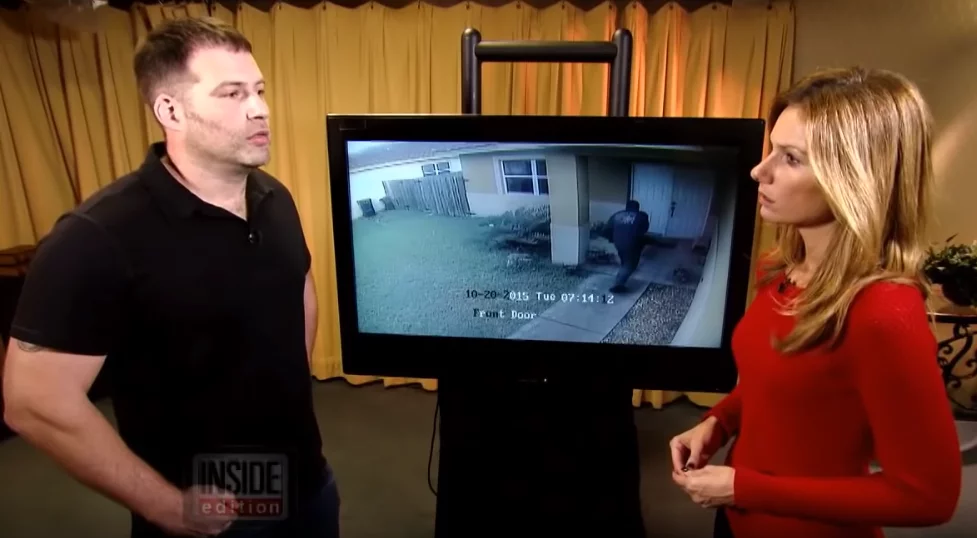



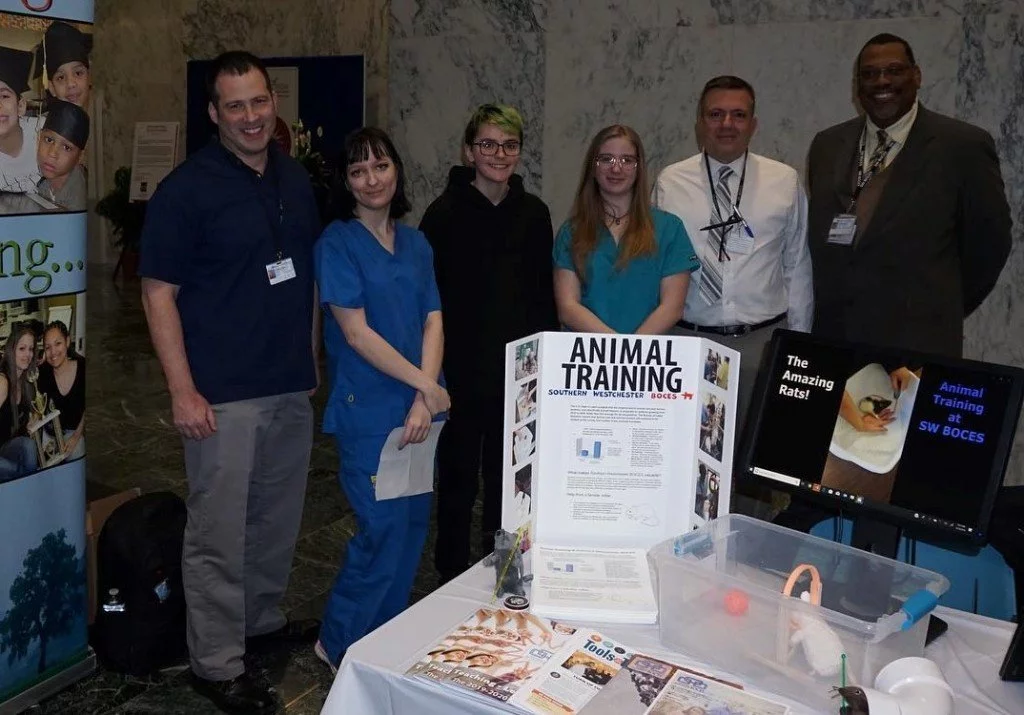
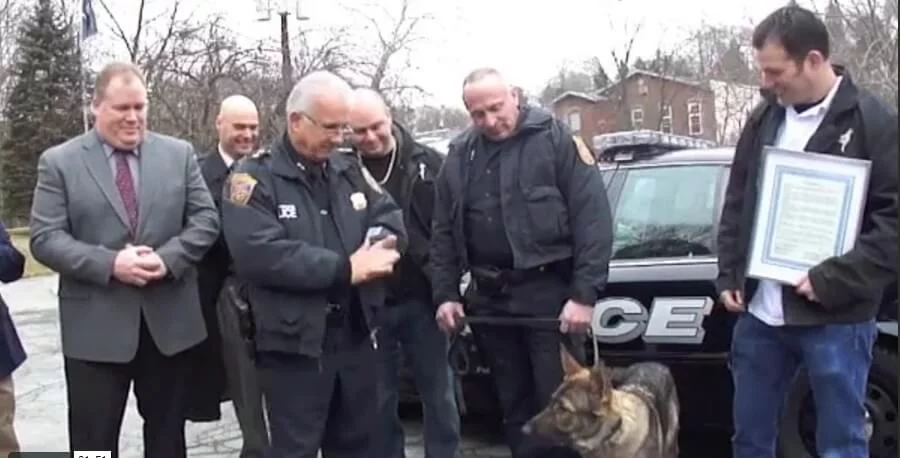



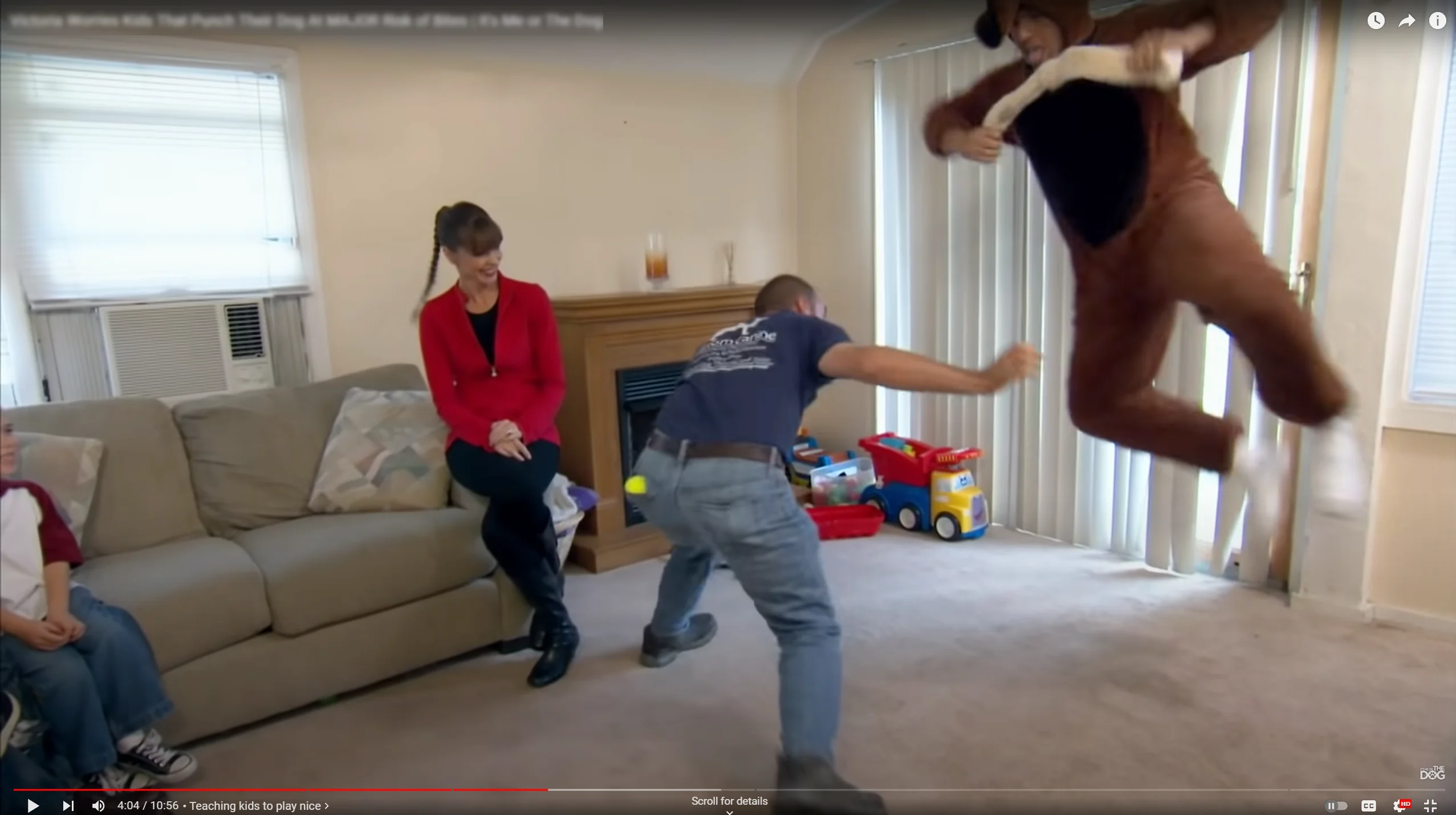
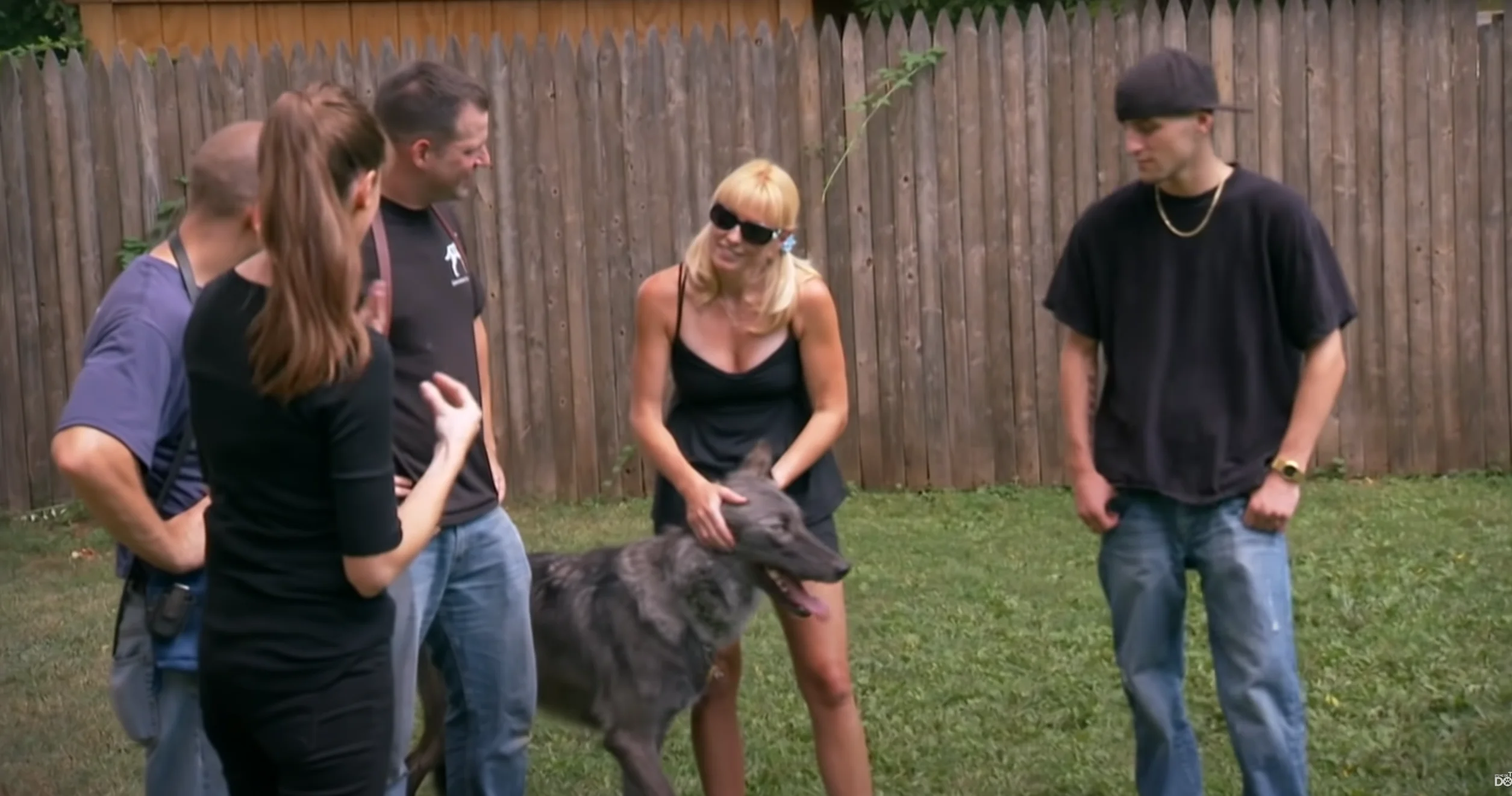
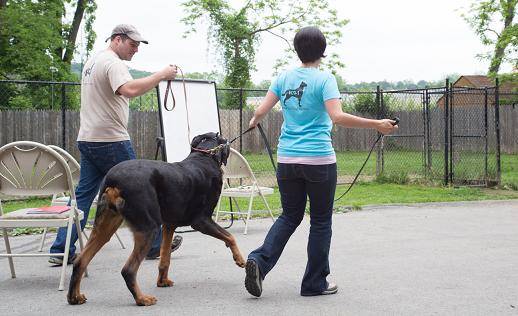
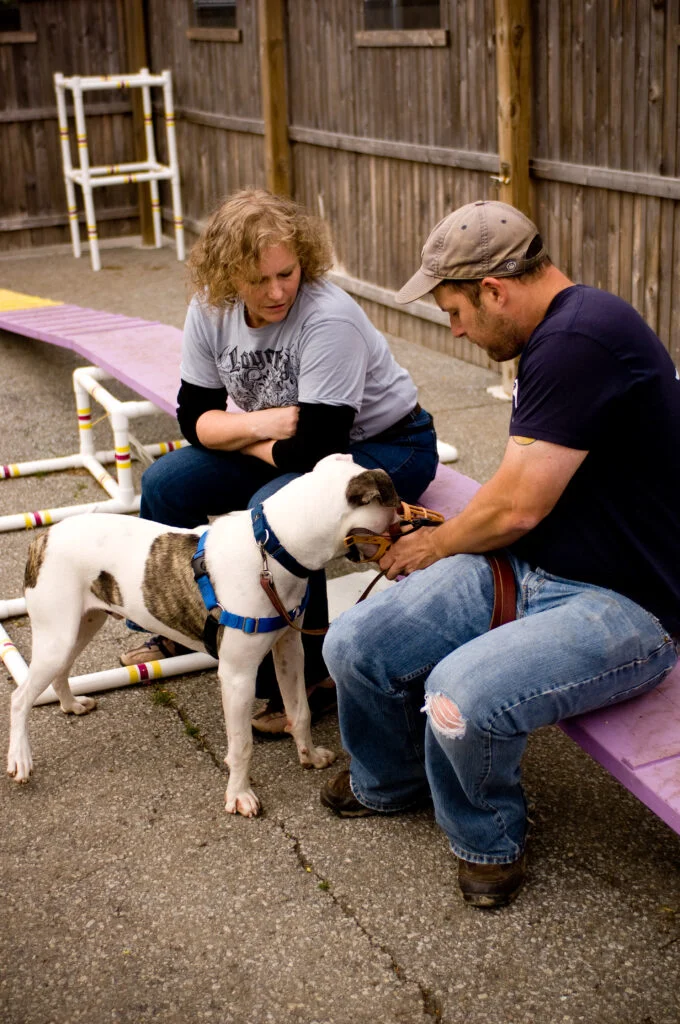
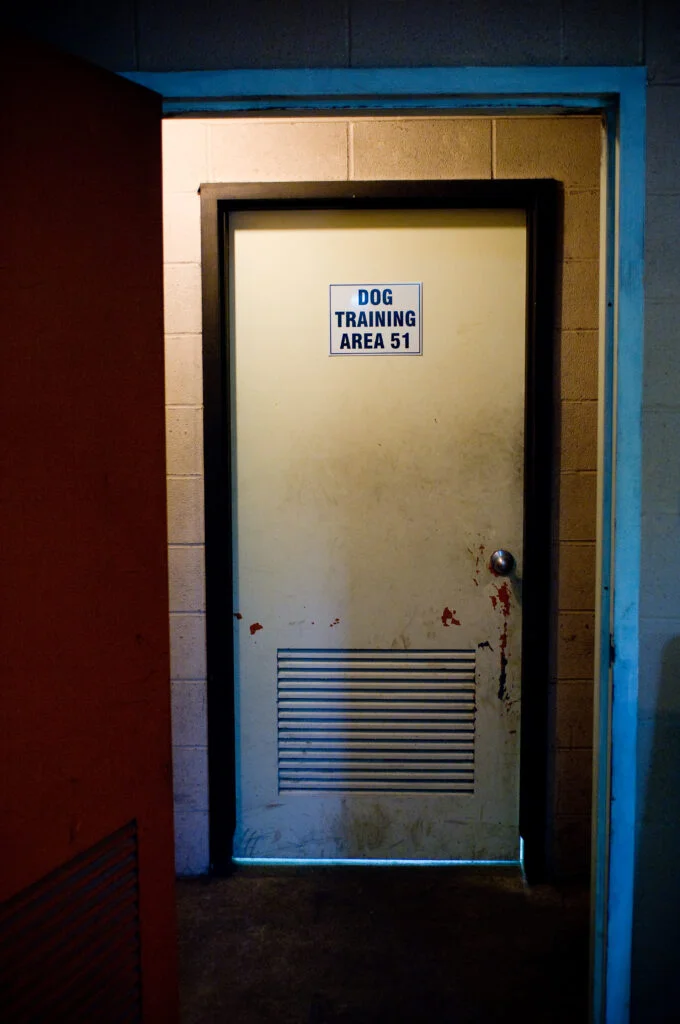
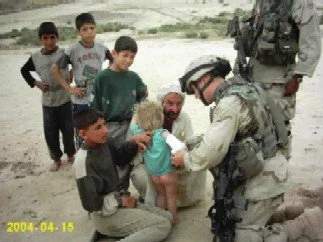
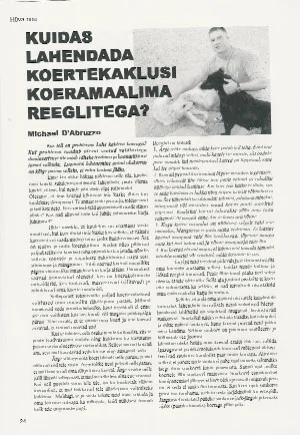



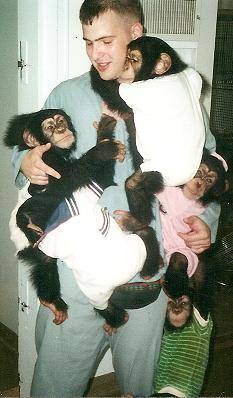
What is Foundation Style Dog Training?
What is Foundation Style Dog Training (FSDT)?
Foundation Style Dog Training relies heavily on understanding "foundation" information or adhering to "foundation" principals to be successful and humane at more advanced levels of training.
For example, if dog trainers desire to be humane and competent using aversives in their training, they should first be experts at using positive reinforcement based methods. With a good foundation of skills in positive reinforcement, the use of aversives in the teaching process can be reduced and more intelligently used when deemed appropriate.
Another example would be if dog trainers wish to create training plans to solve complex aggression problems for pet owners. The trainers should first be experts at understanding, through credible source material, the true behavior and motivations of the canine species. Then, trainers will be more successful at creating plans that work with mother nature vs just trying to suppress it.
Foundation Style Dog Training ultimately delivers very reliable results that are accomplished by using purposefully scientific, practical, and humane guidelines.
The Whole Plan
Foundation Style Dog Training streamlines training blueprints by prioritizing common denominators, which will lay the foundation for the success of many different behavior modification and training plans. These blueprints are used by professional trainers and government organizations internationally.
Feedback from the Foundation Style Dog Training Community is regularly used to update and improve upon training plans. These guidelines can only live by the trials and successes of many who help create the most current version. Currently K9-1 is teaching version 5.0 of Foundation Style Dog Training.
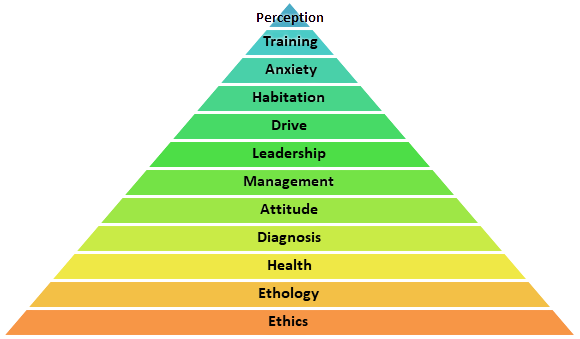
Built for Reliability
Liability is always an important concern when it comes to the performance of a working dog. Reliability often means the difference between life and death for a dog. When dealing with aggressive dogs, the prevention of injury to both people and other animals is a serious matter. Therefore, Foundation Style Dog Trainers utilize the best combination of scientifically proven reinforcement schedules and principles for both encouraging and discouraging behaviors. Used in conjunction, this produces the most scientifically reliable training possible for the demanding and ever-changing real-world environment.
Command Structure Optimization
Communication through a comprehensive, fair, and predictable command structure is essential to reap the full benefits of a proper handler/canine relationship. Missing pieces or sloppy command structures cause countless side-effects that may not be obvious in a controlled training environment, but will show up during live deployments, when the communication is needed most. Not only should a command structure clearly communicate the task, it should also incorporate scientific rules to obtain the highest possible reliability.
It is in the Training
Not only must the dog present well as a trained dog, but the process in which it is trained should include proper scientific principles taught in the correct order. If done correctly, the dog will have a smooth training experience and handler will reap all the benefits of a confident and obedient dog.
Done in the wrong order, or without significant attention to the details, a finished dog will show side effects. This will limit the depth of understanding the dog has about the training and will ultimately affect the handler’s performance with the dog.
Quality control helps with the process of pinpointing side effects from skipped or incomplete training steps.
The Gold Standard
In an unregulated industry, where most trainers follow plans based on simple observational learning, “the school of hard knocks,” “being good with animals,” and various broken and ill-defined plans, Foundation Style Dog Trainers use rigorous standards that are usually only associated with applied behavior analysis in humans:
-
Applied: Training focuses on the social significance, in the real world, of the behavior being modified or created.
-
Behavioral: Training is practical; it asks how it is possible to get a dog to do something effectively? To answer this question, the behavior itself must be objectively measured.
-
Analytic: Training is successful when the trainer understands and can manipulate the events that control a target behavior. This may be relatively easy to do in theory or in an empty training room, where a trainer can arrange the relevant events, but it is not always easy, or ethical, in an applied situation. The effectiveness of the intervention is revealed by changes in just the behavior to which the intervention is being applied.
-
Technological: The description of a training plan must be clear and detailed so that any competent trainer can repeat it accurately. This is the standard way to check this: Have a trainer read the description and then act out the procedure in detail. If the trainer makes any mistakes or has to ask any questions, then the description needs improvement.
-
Conceptually Systematic: Dog training should not simply produce a list of effective interventions. Rather, to the extent possible, these methods should be grounded in behavioral principles. This is aided by the use of theoretically meaningful terms, such as "conditioned reinforcement" or "generalization" where appropriate.
-
Effective: Though training methods should be theoretically grounded, they must be effective. If an intervention does not produce a large enough effect for practical use, then the training has failed.
-
General: Training should aim for interventions that are generalizable; the methods should work in different environments, apply to more than one specific behavior, and have long-lasting effects.
-
Accountable: To be accountable means that a training outline must be able to demonstrate that it is effective. This requires repeatedly measuring the success of plans, and, if necessary, making changes that improve their effectiveness.
-
Published: The methods, results, and theoretical analyses of training plans must be published and open to scrutiny. There are no hidden treatments or mystical, metaphysical explanations. References and statistics should be used whenever possible.
-
Doable: To be generally useful, training plans should be available to a variety of individuals, who might be pet owners, working dog handlers, or animal shelter workers. With proper planning and training, many plans can be applied by almost anyone willing to invest the effort.
-
Empowering: Training plans should provide tools that give the trainer feedback on the results of interventions. These allow trainers to assess their skill level and build confidence in their effectiveness.
Foundation Style Dog Trainers are also skilled in:
- A specific and standardized style of handling leashes known as "leash ninja" which involves a "jerk-free" and "pressure-free" style of controlling the leash using a series of slides and leash locks that can be used for pets, aggression cases, and working dogs.
- A "jerk-free" and "pressure-free" style of using prong style collars in training known as "pumps" that reduces the degree of physical coercion needed in the training process.
- Scientifically accurate, precise and humane use of e-collars, which are compliant with the strict LIMA (least intrusive, minimally aversive) guidelines.
For those who choose to incorporate e-collars into their training plans, Foundation Style Dog Trainers can effectively reduced the use of the e-collar to less than 1% of the typical stimulation taught during the training process and maintenance by most mainstream, sport-based, and franchised dog training instruction.
Not only can Foundation Style Dog Trainer's guarantee this claim through record keeping, they can demonstrate equal or superior reliability of dogs trained and maintained through a LIMA compliant plan.
Help for an Unregulated Profession
The results of Foundation Style Dog Training guidelines and those who use them, have helped K9-1 become an influential advocate for the professional dog training industry. Through this community website, the future goals of the company are to increase the professionalism in the industry by exchanging knowledge and working together with other professionals to create a more regulated field that will benefit professionals, pet owners, and most importantly our four-legged companions.
What Does the Curriculum Include?
K9-1 guarantees to offer the most comprehensive and field-tested curriculum in the world.
Our coursework is used to understand and effectively implement Foundation Style Dog Training.
Behavior Consulting Credential
- Professional Ethics and Standards for Dog Trainers
- Understanding LIMA - Least Intrusive and Minimally Aversive
- Using ABA (Applied Behavior Analysis) in your Dog Training Plans
- Ethology
- Studies of natural canine social behavior
- Changes through domestication
- Breed differences
- Body language
- Temperament Traits
- Correctly Diagnosing Behavior Problems
- Classification of aggression types
- Classification of anxiety types
- Problem behaviors
- The Science of Attitude in Dog Training
- Behavior Management Plans
- The Science of Leadership as it relates to dog training
- Drive Balancing
- Creating Training Blueprints
- Consultations
- Puppy plans
- Housebreaking Plans
- Anxiety Plans
- Creating Fear aggression blueprints
- Creating Protective aggression blueprints
- Creating Dominance aggression blueprints
- Creating Barrier frustration blueprints
- Creating Fear Biting blueprints
- Creating Resource Guarding blueprints
- Creating Territorial Aggression blueprints
- Creating Dog on dog aggression blueprints
- Creating plans for animal shelters and rescue
- Industry Topics
- Understanding police dog training
- Force Free Training Theory from a Scientific and Legal Perspective
- Understanding Competitive Dog Training
Obedience Instructor Credential
Phase 1
- Classical Conditioning
- The Antecedent-Behavior-Consequence (ABC) Model
- Operant Conditioning
- Marking
- Shaping
- Fading
- Reward Ratio Schedules
- Interval Schedules
- Duration Schedules
- Chaining
- Making Training Blue Prints 1
Phase 2
- Escape Conditioning
- Conditioned Punishers
- Avoidance Conditioning
- Heel Mechanics
- Long Line Use
- Flexi Use
- Leash Handling
- Muzzle Training
- Making Training Blueprints 2
Phase 3
- Off-Leash Training Mechanics
- E-collar ethics, safety, and use
- the Science of Punishment Level Considerations
- Escape Conditioning 2
- Avoidance Conditioning 2
- Making Training Blueprints 3
Phase 4
- Environmental Generalization Plans
- Maintenance Plans
- In-Kennel Programs
- Private Lesson Programs
- Group Training Programs
- Virtual Training Programs
Health and Husbandry Credential
- Animal Welfare
Understand the history of animal welfare in society, current laws, governing bodies, and how dog trainers can stay compliant and play their part to support progress.
- Health and Behavior
Learn about canine behaviors that may be related to health issues and how to address them as part of a training plan.
- Diet
Learn how to make educated decisions about diet for running your own kennel or to guide clients. Understanding the unique digestive system of the canine, nutritional requirements, and all major diet types are included.
- Grooming
Professional dog trainers are often tasked with keeping dogs in excellent presentation for long periods of time. Learn the basics of all grooming tools and how to use them properly, as well as guidelines for bathing, ear cleaning, and nail trimming.
- Dental Hygiene
Poor dental hygiene is a contributor to shortened life spans in many dogs. Additionally the discomfort and pain from dental disease can lead to additional behavior problems.
- Vaccination
Learn the science of vaccination and how to provide educated guidance for the various vaccine schedules for different situations.
- Internal parasites
Learn about the various internal parasites and how to control and treat outbreaks.
- External parasites
Learn about the various external parasites and how to control and treat outbreaks.
- Effects of Desexing
How does neutering and spaying effect the health and behavior of different breeds at different ages. Stay on top of the current science to make educated decisions for each individual case.
- Kennel Management
Best practices for kennel designs that comply with local laws, are easiest to maintain, and support the physical and mental health of dogs that are boarding and training.
First Aid Certification
Be prepared to prevent and react to all common canine medical emergencies. This course also includes cats to remain current and exceed all standardized Pet First Aid certifications.
Dog Training Technologist Credential
The Dog Training Technologist is qualified to design boarding and management plans for canines in a professional setting. This credential is earned when members complete the behavior, training, husbandry, and health modules.
New Coursework is always added and ANY type of training, no matter how complex, can be discussed in the members area.
What type of advanced dog training will I learn?
The short answer is everything. Even if we do not have a formal course prepared for a specific type of training in the members area, you will understand how to create the plan yourself with the "foundation" that you learn. Just some of the examples of training that members offer their clients: protection training, scent work, tracking, assistance training, cart pulling, dock diving, and more.
Although lifetime learning is always encouraged for professionals, when you understand the science of dog training you will never NEED to chase seminars and classes from other trainers, because you WILL know how to do it yourself by using the resources and support in the membership. We constantly update our resources to reflect the newest breakthroughs in dog training and behavior studies.
Questions about the class format?
Students get access to our state of the art education platform which includes:
- Video instruction with assignments that may be done at your own pace.
- A searchable support forum with posts going back to 2008.
- A vast knowledgebase of scientific studies and references useful for professionals.
- Bi-weekly live classes and Questions and Answers with the Instructor.
- Instant messaging, Video/Audio private and group chat, and screen sharing with members.
- One on one discussions with your instructor, Mike, as needed and at required checkpoints in the course.
How are assignments submitted?
- Assignments are chunked into modules with individual units.
- Completion of individual units unlocks the next unit, and completion of modules earn certain "badges" that helps other members identify your level in the coursework.
- Completion of all modules in a course earns a certification.
- Certifications are presented as a downloadable certificate but also as a virtual credential that can be embedded into professional websites as well as any webpage. Those who click on the badge will be able to see all your completed credentials.
How difficult is the classwork?
The classwork is divided into very digestible chunks that you can do at your own pace. Most modules will start with easier multiple choice based assignments, but will escalate to turning in written answers to prove your knowledge. Hands-on training assignments will be evaluated through video submission.
How is FSDT certification different from other dog training courses?
There are various schools in the world where a student can go to learn how to mimic a certain branded style of dog training from a celebrity dog trainer, dog sport competitor, franchise, or a company's "text book" step-by-step curriculum. From an educational point of view this would be considered a “technician” - someone who is able to repeat certain procedures without much variation built into the curriculum. These trainers are often left without variation in their skills, live in the shadows of the "brand", and often do not feel like a true "expert" afterwards.
This course is a deeper dive into the science of dog training itself and how to reverse engineer, analyze, and create unique dog training plans. Professionals that achieve a deeper understanding of their profession are typically referred to as "technologists" and have much more versatility of what they can accomplish without assistance.
Those that complete the course exceed any known standards to call themselves a dog trainer, but may also accurately refer to themselves as “Dog Training Technologists” based on their curriculum and abilities. We provide embeddable certificates that you may post on your website or social media. These certificates prove to your clients the exact coursework that you have taken from one of the oldest dog training educational platforms online.
Is it really possible to learn to be a dog trainer online?
Absolutely! And we take pride in making it possible!
Good instruction is a lot of easy steps done in the right order that are nearly impossible to mess up.
Many professionals can take clients' dogs and train them themselves. However, the most skilled dog trainers in the world can teach clients in private lessons, group classes, or even virtually with a webcam. If you need to touch a clients' dog to get results you are not using quality instructional practices.
As a matter of fact, this hands off approach is the preferred way to train most clients' dogs, offer more options for aggression cases, and how to scale a business.
What is the cost of membership?
Our general lifetime membership is $4500 for a single student or professional dog trainer.
This includes all current and future courses, live Question and Answer sessions, and lifetime support.
Custom plans are available for organizations that desire custom system development, education and support services for multiple employees, or other specialized support services.
Do you offer payment plans?
Payment is paid in full at the start of enrollment. We offer a 3-day no-hassle money-back guarantee if you are not convinced that the membership isn't the most valuable investment you ever made for your dog training career or business.
What are the Members Saying?
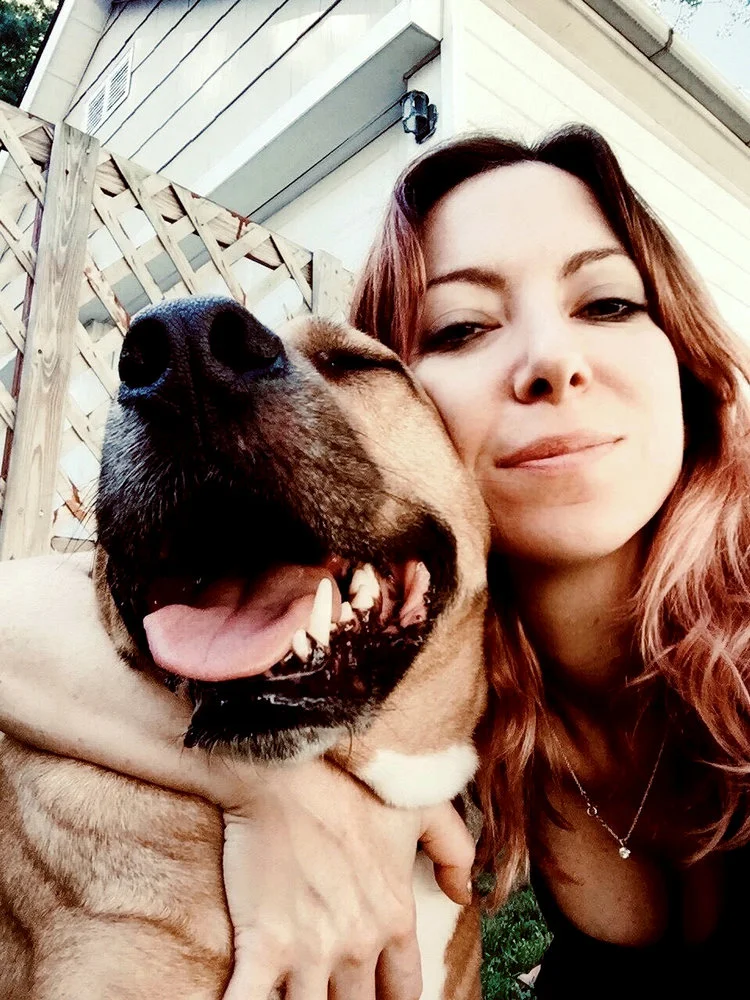
I am not one for all the labels that get thrown around the dog training industry. But I am incredibly proud to call myself a Foundation Style Dog Trainer.
Those who know, know what a FSDT education gives you - a solid foundation from which to continue to grow creatively, and learn objectively and discriminately, from a basis of true and accurate science.
You won't get any secret proprietary magic here. You'll find no obnoxious marketing bs; amazingly no ego on Michael D’Abruzzo. What you will find in Mike is the most dedicated, generous and thoroughly knowledgeable mentor you could ask for.
The most complete body of Source Material research, history, and science of dog training available in one place. The technicals to engineer, execute and troubleshoot a training plan for any case that is ethically and scientifically sound.
The Principles you need to understand inside and out to be the best. Explained, inside and out. You belong here if you know you're a good trainer, but you want to be the best - because you care deeply about dogs, and a standard of quality in all aspects of your training.
Over the years I have taken many training seminars, workshops and certification courses, with the biggest names out there. The Foundation Style Dog Trainer course is more valuable than anything else out there. Without any question.
Crap - I was trying to keep it short and sweet. I could never express how grateful I am to Mike, and the incredible body of work he has created. It is by far the most important education I have ever received.
- Melissa Schiraldi, Professional Dog trainer
Check out: True Love Dog Training

At K9 Heeling we understand that each family and each dog have a unique story and unique needs. Over the last 15 years we've utilized the following approaches to help thousands of dogs and their owner's thrive...
- Individual Training Sessions: Geared towards the education of the owner as we guide you through the training process with your own dog.
- Overnight Stay and Trains: Full immersion training where the dog receives their formal education at our training center and then we educate you.
- Group Training Classes: Several times/year we offer group training sessions to ensure that you're able to maintain control of your dog even in challenging environments.
- Workshops and Seminars: Typically 1 or 2 day events where we provide as much information and hands on practice as possible to move dog owners and dog professionals closer to their goals.
All of our training programs are battle tested and built on the basis of "Foundation Style Dog Training".
Check out K9 Heeling here: www.k9heeling.com

I found Mike and Foundation Style Dog Training during a last ditch effort to find answers. I needed to know if there was a way to do specialty training without breaking dogs, or taking a dog away from its owner. I needed to know why I was hitting roadblocks with some of the dogs I wanted to help the most. I was so tired of “this is the way it’s done” and “time in the field” being a substitute for education.
I had looked into so many training courses, certifications, and organizations. I found a lot of expensive opinions, marketing gurus, limitations, and most of all: a severe lack of standards and ethics. I wondered if I would have to go to all of the schools and cherry pick what made sense, or just accept that nothing did.
Foundation Style Dog Training is absolutely what I was missing. The material, community of passionate trainers, and live question and answer streams, are not a training style or new method. They are timeless studies of the industry, the history of animal psychology, genetics, ethology, aggression, behavioral modification, health, LIMA and the highest standards of operations and professional ethics.
Thanks to my K9-1 education and the continued support this school offers, I have not since had a behavioral issue or client request that I couldn’t ethically and competently address and build training plans for. I am doing the specialized training I always dreamed of without sacrificing the happiness of the dog.
I no longer just “train dogs”, I coach and educate dog owners. My clients love the marriage of advanced training and cynopraxis. I am forever grateful.
- Allie Dellosa
Rogue K9 Academy
Check out Rogue K9 Academy at: DogTraining.Love
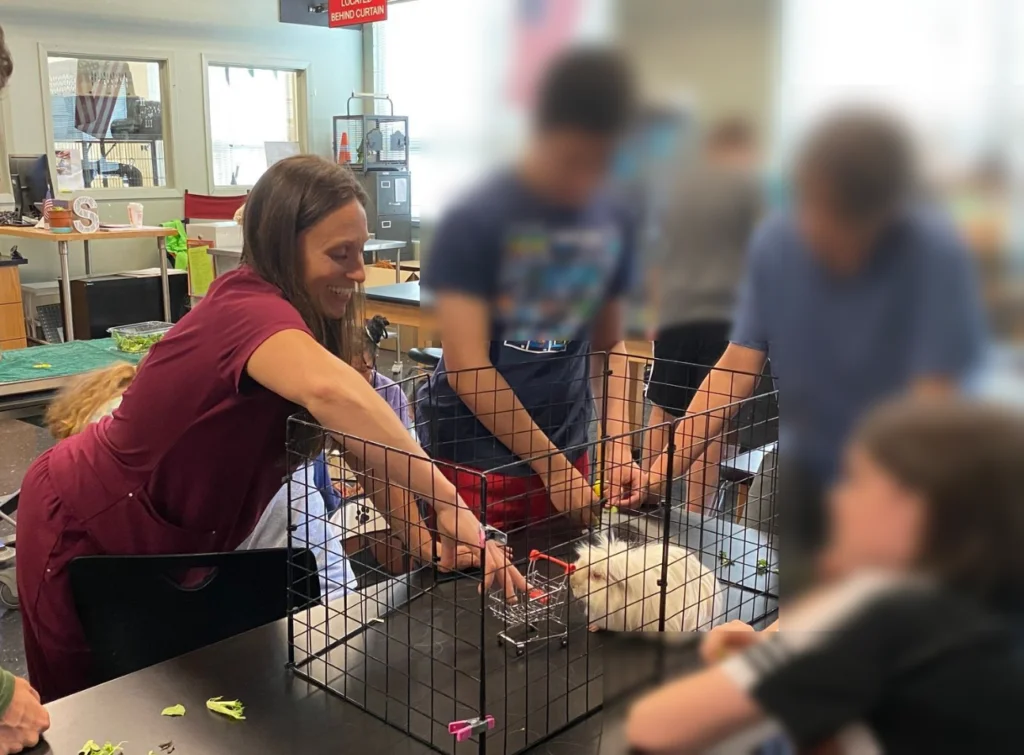
As a Veterinary technician and high school animal science teacher with a background in dog training, training methodology that is based on science and ethology is important to me. Foundation style training not only provides information and techniques which are rooted in science but also a method which is easy to follow and teach even at the high school school level. I use these techniques in my classroom to have my students successfully teach small animals and dogs various behaviors and tricks. This helps them build skills for successful careers with animals. Using these techniques students have taught fish to swim through hoops, guinea pigs to ride a scooter and push a shopping cart, dogs to have good manners and basic obedience skills and more. Foundation training is truly the best out there.
- Teresa Stanczak
Teacher of Animal Science, Rockland BOCES
Mike,
I appreciate everything you do for us trainers. Since finishing your program, I started my professional training business last year. Your streams are the most educational stuff available anywhere. I’m making more money than I ever did before and helping dogs and owners. It’s all because I came across your YouTube videos years ago and then you made the distance learning available.
Your program has changed my life (not hyperbole). It has allowed my wife to stay home and teach our kids while I build a business. Thank you for your mentorship!
- Scott Stevens
Gelert K-9
www.gelertk9.com
Davenport, FL
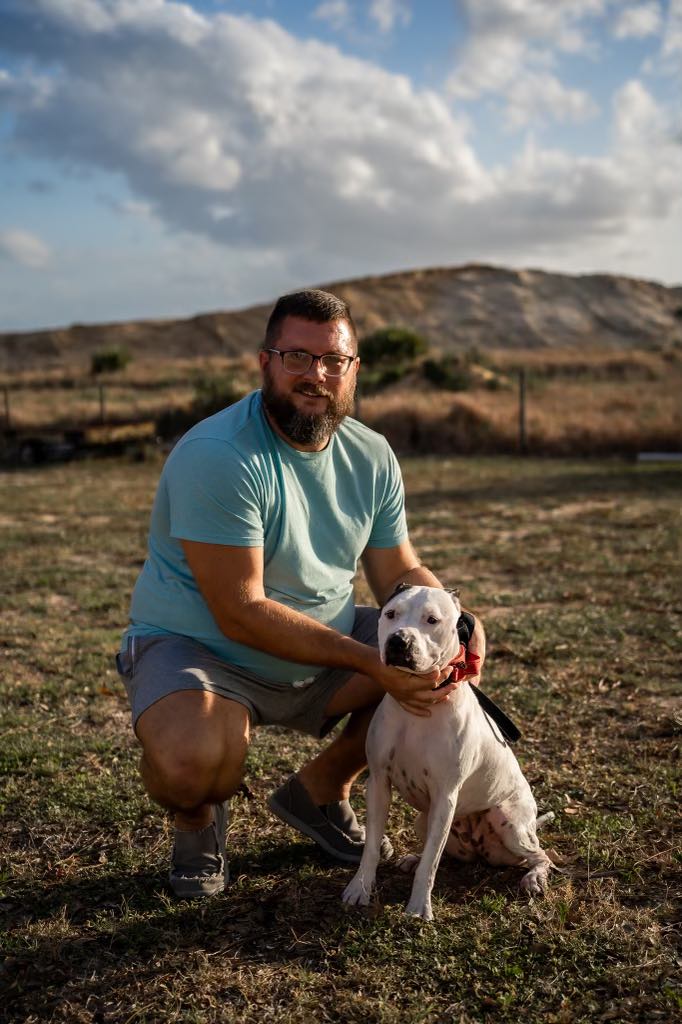
To thoroughly understand why we deeply appreciate and respect Michael D’Abruzzo as a mentor, it's best to explain our background. We started initially as R+ trainers as the company we worked for at the time only trained their employees with that philosophy despite the fact they offered their clients aversive training tools to incorporate positive punishment. We quickly found that while R+ training helped immensely to teach wanted behaviors, it did little to nothing to help resolve unwanted behaviors with clients as well as with our own dog Dante who started resource guarding his food at 16 weeks old.
To better help owners and their dogs, we started looking into alternative training styles and came across a balanced trainer who took us under their wing who did show us how to help more dogs. Over time we found we didn’t agree with some of their training practices and found them to be lacking in knowledge on how to help certain individual dogs. With that, we started attending Mike’s Sunday classes at the Paladin Center and found that he could fill the gaps in our skill set as well as expand on what we already knew to help us become better trainers. Since that day, we have fully integrated Foundation Style Training into our practice, extend this knowledge to our clients through our business, and continue to learn every day how to become better trainers through Mike’s carefully constructed archive for professionals and owners alike.
We would not be where we are today without him and we are forever grateful for the knowledge, experience, kindness, and friendship that he graciously extended to us.
Foundation Style Training is the best!
Respectfully,
Jerry and Danyelle
Specter K9
specterk9.com
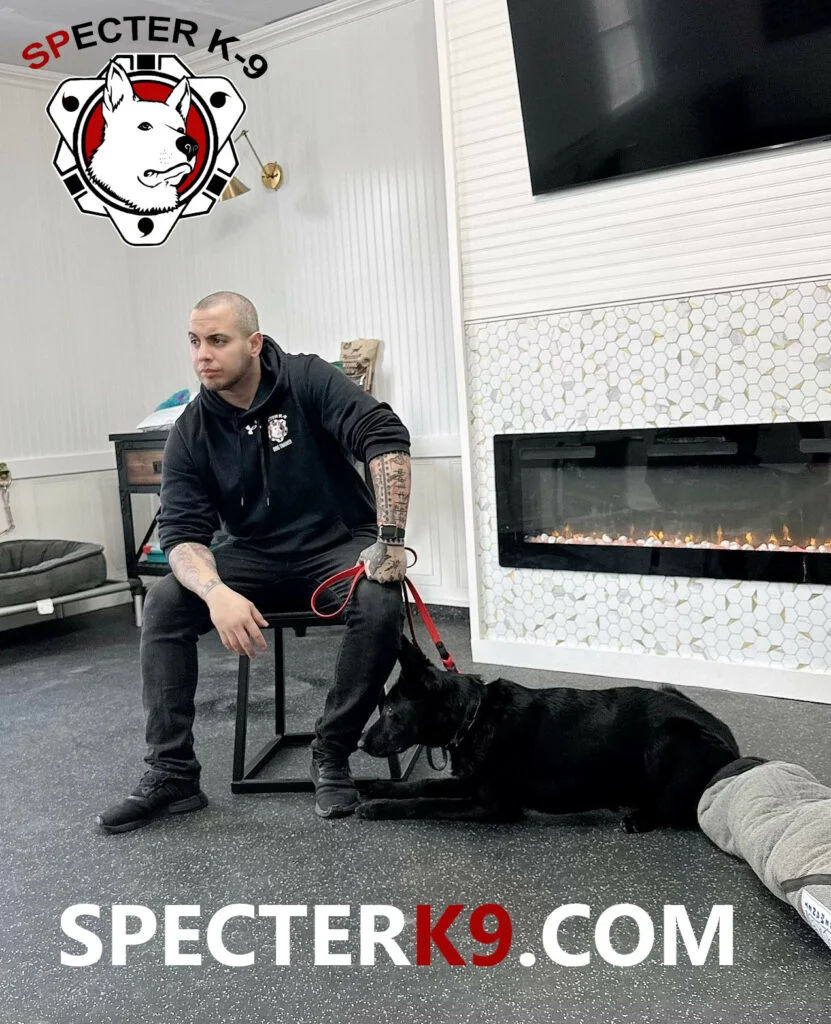
In my past, there was always a doubt lingering in my mind if I should truly accept being called “Dog Trainer.” This was because my standard was so incredibly high.
And I didn’t even know what that standard was!
Today I enjoy that skillset.
Something that would have taken me many years to put together through a multiplicity of other programs. Not to mention attempting it on my own.
From vaccinations to dog-to-human aggression, Mike’s given me the tools to create complex training plans for clients. Plans that keep people safe.
Using the systems and information, I've learned to troubleshoot the most difficult problems with dogs and what relies on what.
If you are Contemplating this program versus any other, you would not go far into this system before swelling with appreciation.
- Check out Carlos at K9 Exclusive Dog Training here: exclusivedogtraining.com
I cannot say enough good things about Mike D’Abruzzo or the Foundation Style Dog Trainer’s Course! I highly encourage anyone who is serious about dog training and behavior to learn from Mike. I truly believe this is the future for the professional dog trainer’s education and industry. Whether you are a hobbyist or an experienced professional, you will learn and grow through this course.
Prior to studying under Mike, I had already attended quite a number of different courses in dog training and behavior. I however always felt that there was something ”missing” in my education and thus I did not feel confident in taking the step into calling myself a professional.
What I felt I was missing became clear when I began my studies with Mike. The Foundation Style Trainer’s Course thoroughly goes over not just obedience commands but also learning theory, canine ethology, health, leadership, etc. The course also focuses heavily in giving you a firm understanding of the science and reasoning behind every topic. Everything is backed up with REAL science and studies (sorry, you won’t find any politically correct science here). Even more important is how the course ties everything together in a logical manner, giving you a solid understanding of how everything is interrelated in the human canine relationship.
It does not matter what ”style” you ultimately decide to train with, as Mike always tells me, every trainer have their own style and I don’t need to train the way he does. What the course offer is a thorough understanding in the science behind dog training and behavior. This knowledge is what allows us to critically think and formulate our own training plans and solution, without being trapped by techniques we blindly follow.
Mike is a person of integrity and I can vouch that he is truly teaching this course for the right reason: To educate and raise the standard of the dog training industry.
- Davis Tran, Certified Foundation Style Dog Trainer

I cannot sufficiently express how much gratitude I owe to Mike and his fantastic training team at K9-1, particularly for their time and effort in building me to become a professional in the industry of dog training.
I was fortunate enough to undertake an international scholarship program in the Foundation Style Dog Training System (FSDT), working directly with Mike in Dec 2016. Under his mentorship and influence, I've developed and excelled into the dog handler and trainer I am today.
Weekdays I am an Explosive Detection Dog Handler and Supervisor for the Australian Army. On weekends I'm an avid local dog trainer. Through the Foundation Style Dog Training System, I have learned a myriad of skills that has enabled me to encourage and impart training techniques onto colleagues, friends, and, most importantly, their dogs.
FSDT teaches everything from understanding the dog in front of you through to the technical aspects of behaviour analysis and developing concise training plans.
Mike's team of trainers will encourage and guide you to the next level of dog training. The foundation style is literally an extension of "YOUR" style. Holistically its an evolution of theory and practice that allows you to remain centered in your approach and technical in your application.
I will forever be a student of this method and as a result, continue to grow. Thank you, Mike, for your generosity and guidance.
- Kim James
Explosive Detection Dog Supervisor / Professional Dog Trainer
100% No Guilt 3-day Money Back Guarantee on Membership

We offer a 3-day money back guarantee for all members. If for any reason you are not satisfied with the membership, please let me know within 3 days of your first payment.
I want you to feel confident in your decision to use our service and I will be there to support you every step of the way.
- Michael D'Abruzzo, Founder/Mentor
Memberships are limited and exclusive to students, professional dog trainers, and organizations devoted to being the best in the industry.
Schedule an interview for admission now.
We will ensure that you are the right fit and can have all your questions answered. Please read through all of the information on this webpage before scheduling.





